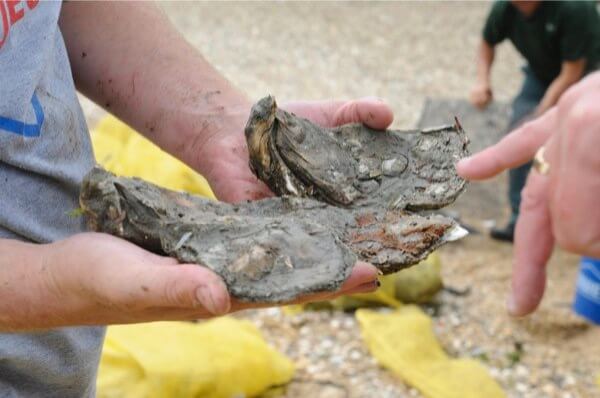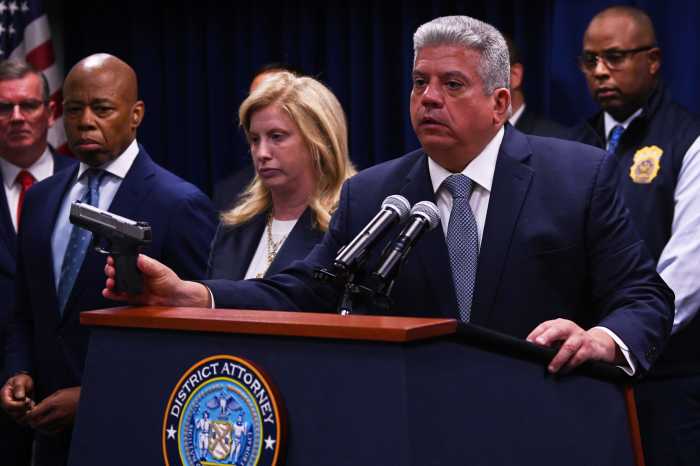By Patrick Donachie
Jamaica Bay will soon be populated with 50,000 new oysters, thanks to a plan announced by Mayor Bill de Blasio and the city Department of Environmental Protection.
The project, conducted in partnership with the Billion Oyster Project, will be the single largest installation of breeding oysters into an environment in New York City, according to the mayor’s office.
“This oyster bed will serve multiple purposes – protecting our wetlands from erosion, naturally filtering our water and providing a home for our sea dwellers are just a few,” de Blasio said. “More broadly, this oyster bed is a small but necessary step in our broader OneNYC commitment to create a more sustainable and resilient city.”
Oysters help to extract pollutants from water, assist in protecting wetlands and shorelines from erosion and storm surges and also help create adequate and healthy habitats for fish and other wildlife. The project will be funded with a $1 million grant from the U.S. Department of the Interior, with the DEP contributing an additional $375,000.
The city said the installation would include a central donor bed composed of adult and spat-on-shell oysters and four smaller receiving beds composed of clam and oyster shells, made in part of broken porcelain attained from nearly 5,000 inefficient and recycled toilets. The oysters will be placed on the beds, and after the adult oysters spawn, fertilized eggs will float until young oysters attach themselves to the shells of the older oysters. Over time, the oyster population should begin to spawn seasonally.
Oysters were reintroduced to Jamaica with two pilot studies that began in 2010, including the design and construction of an oyster bed off of Dubos Point as well as the placement of oyster reef balls in Gerritsen Creek, Brooklyn. After four years, analyses indicated that the oysters were alive and healthy. The hope is that a more robust and widespread oyster population could reproduce more substantively to help stem the erosion of marshes and shorelines in Jamaica Bay.
Dan Mundy, a Broad Channel resident and a member of the Jamaica Bay Ecowatchers, praised the DEP for its role in getting the oysters into Jamaica Bay.
“The restoration of oysters back into the waters of Jamaica Bay is one of the key remaining goals to fully restore this great and unique ecosystem. This vital species naturally filters the waters of the bay while providing unique habitat for fish,” Mundy said. “This project will see the first major initiative to bring back this keystone species to Jamaica Bay where they once flourished!”
Reach reporter Patrick Donachie by e-mail at pdona



































